I am trying to convert an array of velocity values to acceleration values. I understand that acceleration is the integral of velocity, but don't know how to acheive this. I am using MATLAB, so if anyone can offer a solution in this language, I would be very grateful! See the graph below:

The yellow line plots the velocity and the vertical dotted lines show the peaks and troughs of that waveform (peaks and troughs found using peakdet). The green horizontal stuff in the middle is unrelated to this question.
What I am trying to isolate is the steepest part of the large downward slopes on the curve above. Can anyone offer any advice on how to calculate this?
P.S. I am aware that quad() is the function used to integrate in MATLAB but don't know how to implement it in this situation.